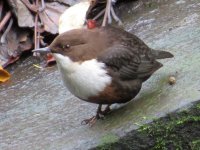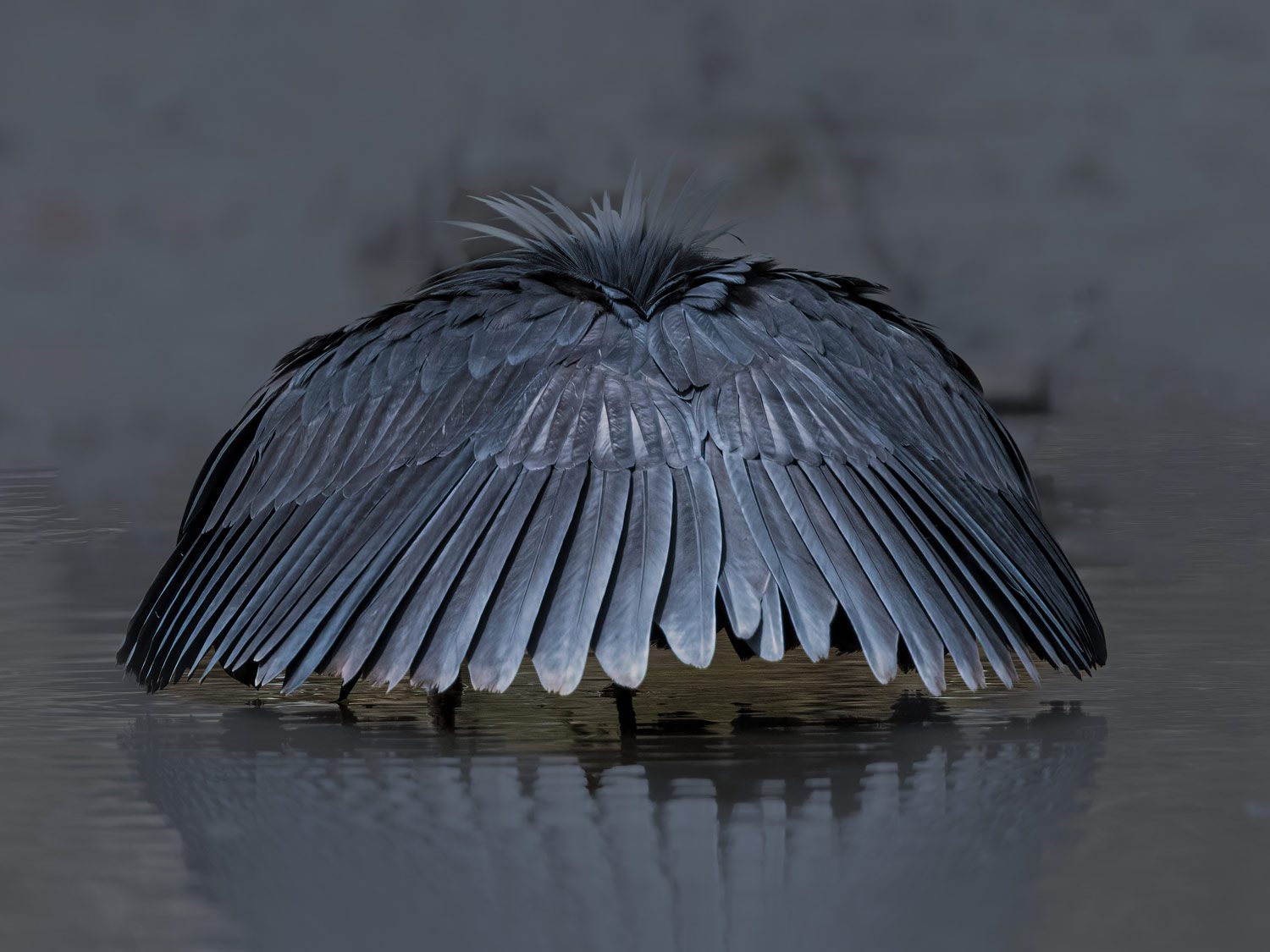Here is a recent photo which I took of a Dipper on the Dodder River in Dublin, Ireland
 https://www.flickr.com/photos/127669355@N03/, on Flickr
https://www.flickr.com/photos/127669355@N03/, on Flickr
I'm reading that the distinction between the Irish sub-species and its Eurasian counterpart is a brown tinge or band at the base of its white breast?
Do you think this pic illustrates that- or what?
 https://www.flickr.com/photos/127669355@N03/, on Flickr
https://www.flickr.com/photos/127669355@N03/, on FlickrI'm reading that the distinction between the Irish sub-species and its Eurasian counterpart is a brown tinge or band at the base of its white breast?
Do you think this pic illustrates that- or what?







 Dipper
Dipper


